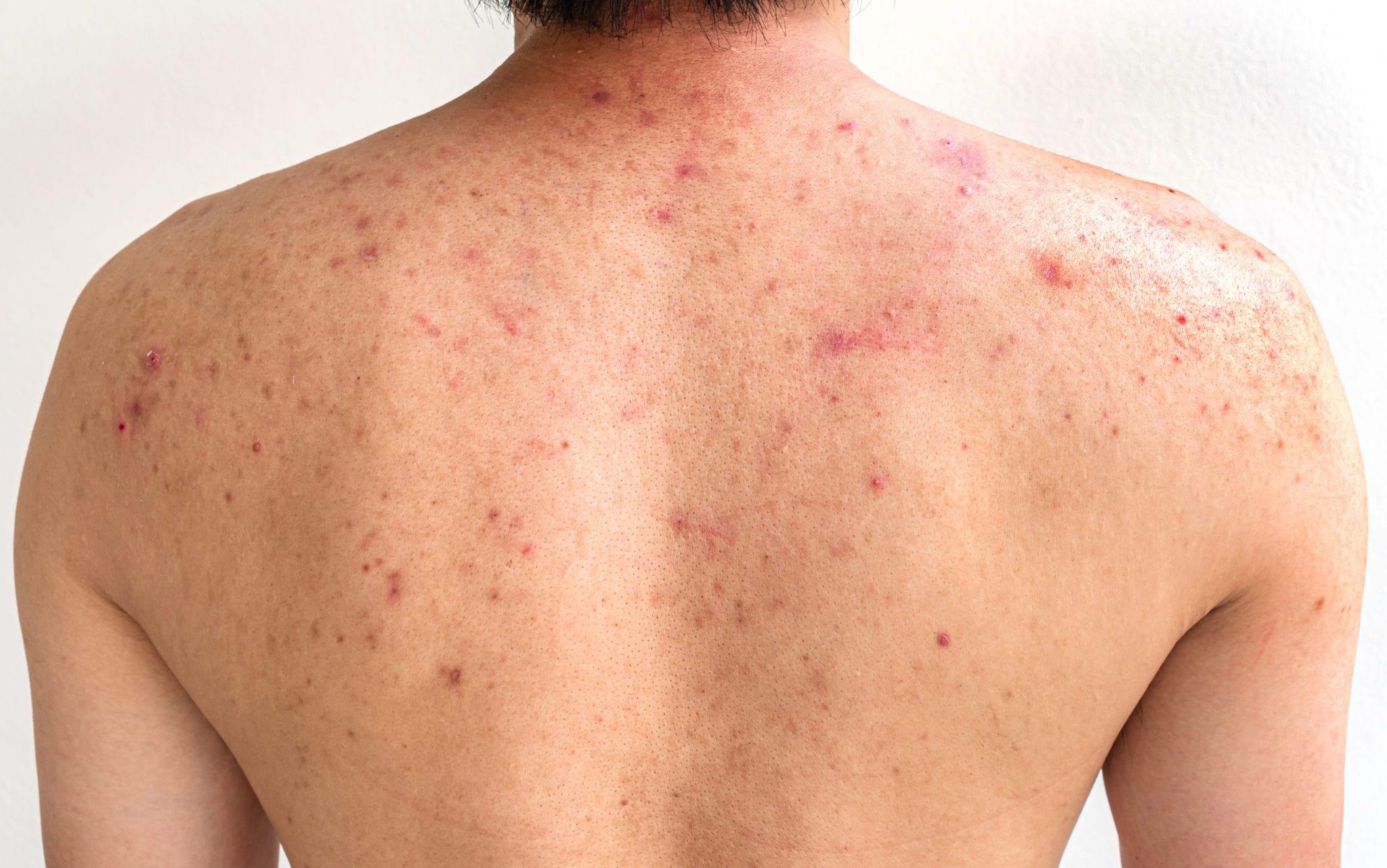Back acne—often called “bacne (علاج حبوب الظهر)”—can be a frustrating skin concern. It occurs for many of the same reasons as facial acne, but there are also additional factors unique to the back that make it more likely. By understanding why back acne occurs, you’ll be better equipped to prevent and treat it.
What Triggers Back Acne?
1. Clogged Pores: Basic Mechanism
Acne forms when hair follicles (pores) become blocked by excess oil (sebum), dead skin cells, sweat, and bacteria. On your back, this process is more likely because the skin has many oil-producing glands and the surface is larger and often covered or subject to friction.
Various triggers accelerate this process.
2. Excess Oil & Hormonal Activity
The sebaceous (oil) glands on the back are quite active. When hormones (such as androgens) or other internal changes stimulate oil production, more sebum is created, and that increases the chance of clogged pores.
Hormonal shifts—during puberty, menstrual cycles, stress, or as a side-effect of medications—can therefore contribute to back acne.
3. Sweat, Heat & Friction
Because the back is often covered with clothing, backpack straps, sports gear or equipment, it is subject to sweat accumulation, heat, and friction.
When you sweat and don’t change clothes, or wear non-breathable fabrics, the sweat mixes with oil and dead skin cells, creating a pore-blocking environment.
Friction (from straps, tight clothes or gear) irritates the skin and can trigger a subtype called acne mechanica — where physical pressure and rubbing lead to breakouts.
4. Dead Skin Cells & Surface Build-Up
If dead skin cells aren’t removed regularly (through gentle cleansing or exfoliation), they build up and combine with oil to clog pores. On the back, because of the surface area and sometimes less frequent cleansing compared to face, this accumulation can be significant.
5. External Products & Hygiene
– Skin and hair care products which contain oils or thick, pore-clogging ingredients can run down the back (e.g., conditioners, moisturizers) and contribute to blockages.
– Poor hygiene habits, such as not showering after workouts or wearing sweaty clothes repeatedly, allow residues and bacteria to build up on the back.
6. Genetics and Other Internal Factors
Genetics play a role: if you or your family have a history of acne, you may be more prone to back acne.
Other internal factors include certain medications (like steroids), stress (which can influence oil production and inflammation), and hormonal disorders.
Unique Aspects of the Back That Favor Acne
-
The back has a dense population of sebaceous glands, meaning more oil-production potential.
-
The area is often hidden, covered, or rubbed against (clothing, straps) making cleaning and treatment harder.
-
The skin may be thicker and the surface larger, so treatments must cover more area and be consistent.
-
Sweat, especially after exercise, tends to stay on the back longer unless immediately washed off.
Signs That These Triggers Are at Work
You might notice:
-
Breakouts appear in the upper back, shoulders, near straps or backpack areas.
-
Mild to moderate pimples, blackheads/whiteheads, or in some cases deep nodules/cysts.
-
Flare-ups after intense workouts, wearing tight gear, or using new hair/body products.
-
Spots appear in clusters or linear patterns under straps or seams of clothes.
Summary
In essence, back acne occurs when the skin conditions on your back create a “perfect storm” of clogged pores: excess oil + dead skin cells + sweat + friction + bacteria/inflammation.
When internal factors (hormones, genetics, stress) combine with external factors (tight clothing, heavy products, poor hygiene), the risk goes up. But by understanding these triggers, you can take better steps to prevent and manage bacne.


Join our community to interact with posts!